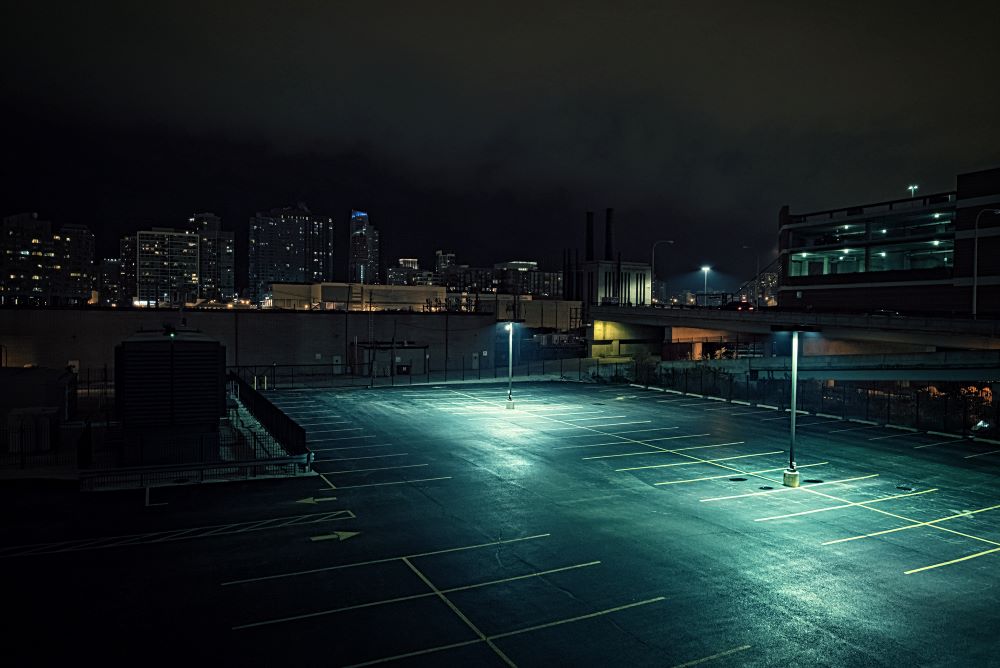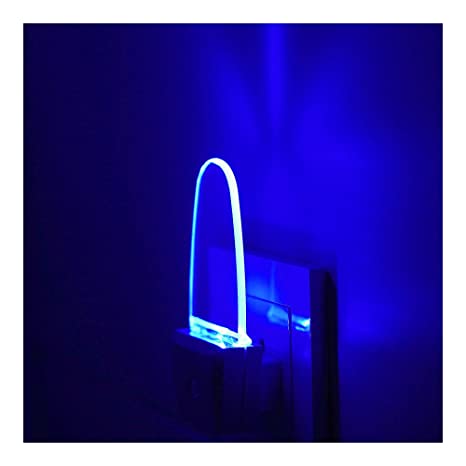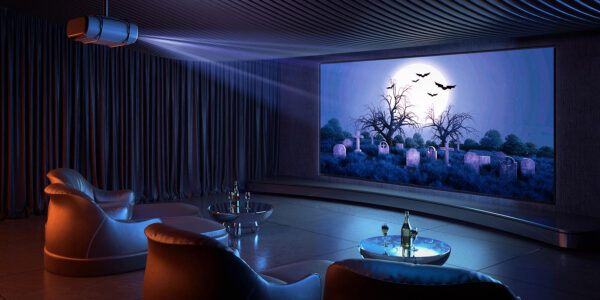Architects and space planners typically focus on parking lots as an afterthought, if at all. A company’s parking lot is typically the first and last element of the business that a client encounters. The company can create and leave a better impression with its clients by paying more attention to its parking lot lighting. In most cases, using LED parking lot lights will resolve many design issues and Tips for Parking Lot Lighting will help avoid this issue.
Lighting specialists focus on a few key features of parking lot lighting to develop an optimum lighting layout.
What are the local zoning and building ordinances and restrictions that will limit the contours of the design?
Building codes and restrictions will impose minimum and maximum limits on the amounts and types of lighting that are used in exterior parking lots. Incorporate those limits into the initial design to avoid costly redesigns and change orders. Property insurance and occupational safety regulations might impose other restrictions on how you configure your parking lot lighting. Consult with all resources that can give you guidance on applicable restrictions.
Consider existing structures and natural landscapes in parking lot lighting design.
You can save time and money by retrofitting existing light standards with new LED lighting systems. If your parking lot is in an area with many trees or buildings, you may need to add new light standards to spread light onto dark or shadowy areas. Avoid temptations to reinvent the wheel and work with what is available.
Avoid light pollution.
Older outdoor lighting often paid little attention to how parking lot lighting spread its illumination across areas outside of the lot. Next generation LED parking lot lights give you superior control over how and where light will be distributed. Use LED bulbs and fixtures that concentrate light in the areas you want to produce a uniform and consistently-lit surface with no dark spots or shadows.
Balance lighting efficacy and cost savings.
Many older parking lot lighting systems overcame concerns over dark areas and shadows by overlighting the entire parking lot surface. Operating and maintaining outdoor parking lot lighting can be expensive both in terms of electrical utility and maintenance costs. A parking lot lighting specialist can design a system that gives you the right amount of light with LED bulbs, fixtures, and systems that can reduce your energy consumption and utility bills by more than 50%.
Choose fixtures and systems that encourage safety.
Better parking lot lighting translates directly into safer parking lots. LED parking lights that have higher color rendering indices will give drivers and pedestrians in parking lots a better opportunity to see color contrasts and surface distinctions to avoid accidents, and more uniform and consistent lighting will give both parties an improved chance of avoiding mishaps. Many traditional lighting technologies have weaker specifications than LED lights in these areas and tips for Parking Lot Lighting will encourage more safety.
Consider advanced control systems.
Modern LED parking lot lighting can be configured with motion sensors that alter lighting as a function of traffic in the lot. Smart sensors can also detect regular traffic patterns and can adjust lighting automatically to reflect those patterns. These systems can help a business to save more money by limiting the electricity demands from the parking lot.







